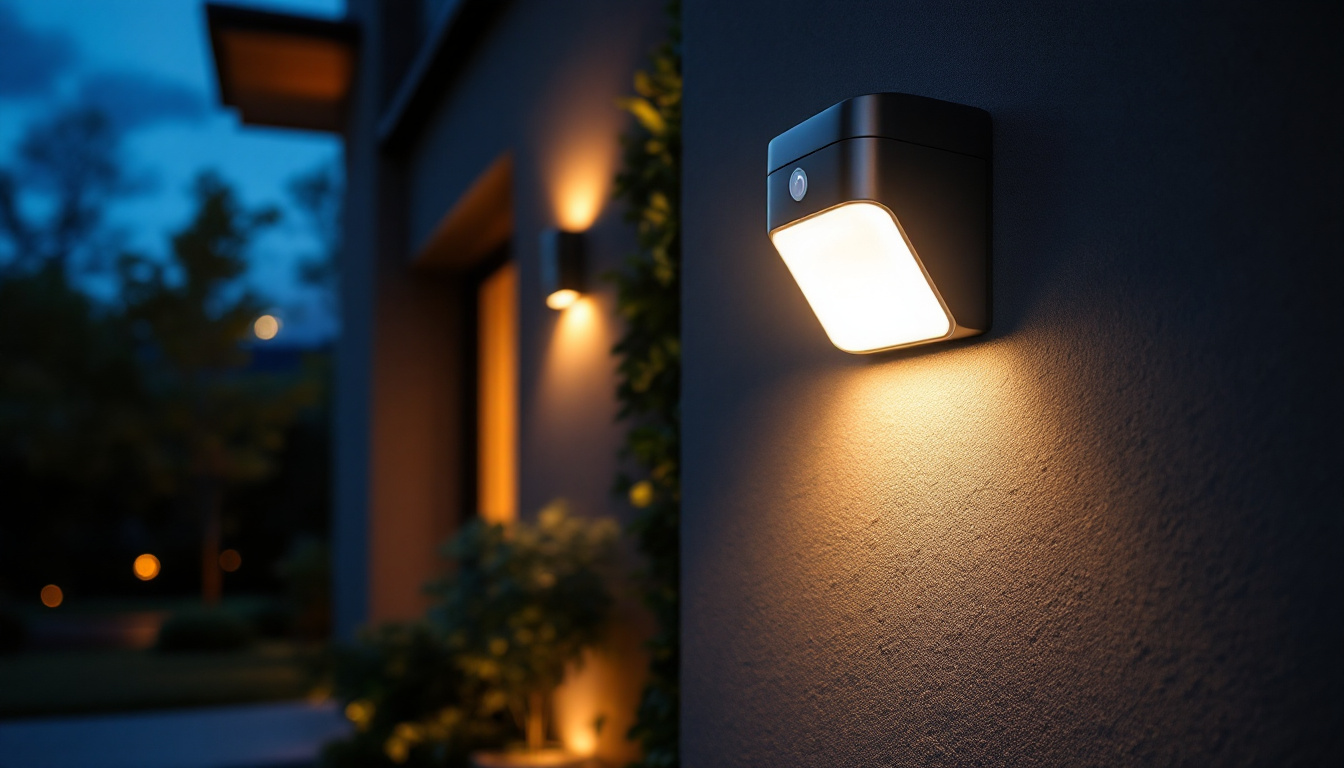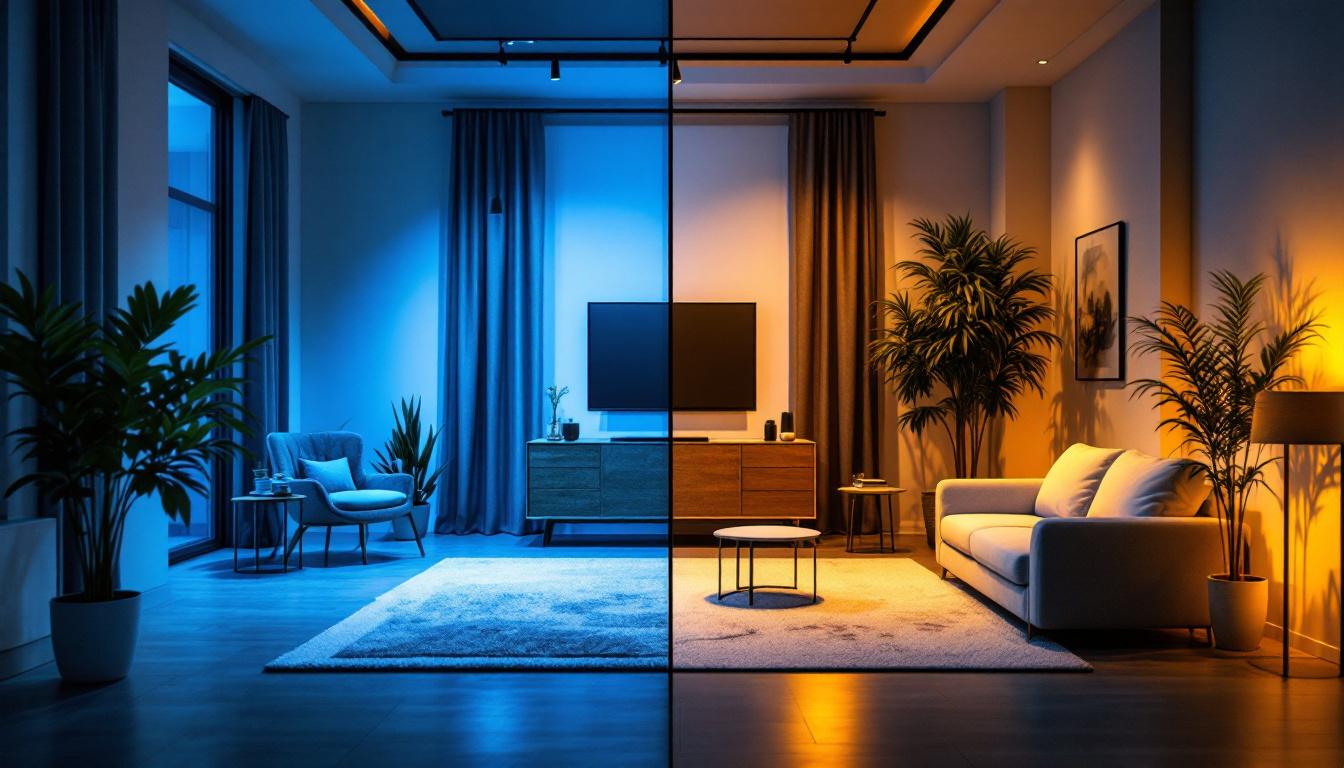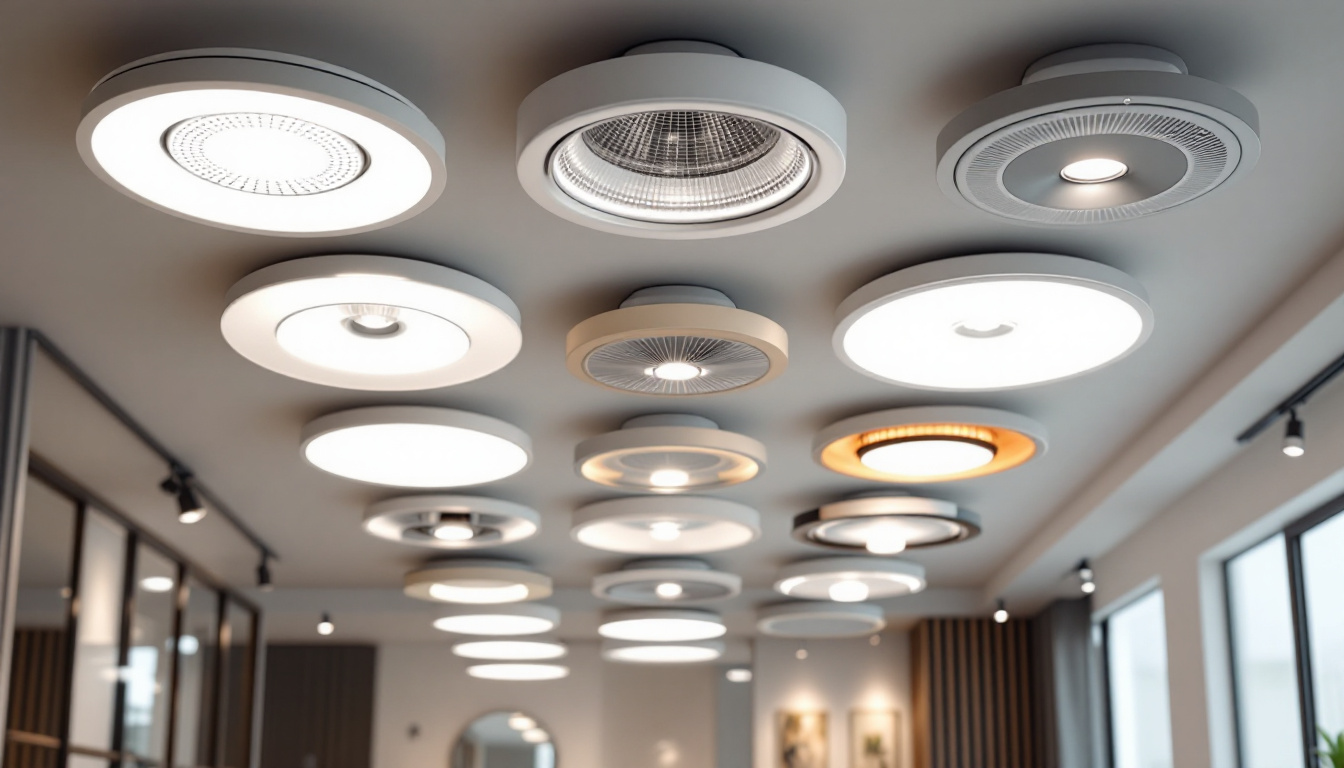
In the world of lighting design and installation, efficiency is paramount. Whether working on residential or commercial projects, lighting contractors are constantly seeking ways to enhance their offerings while maximizing energy savings and minimizing operational costs. One innovative solution that has gained traction in recent years is the use of exterior sensor lights. These fixtures not only provide illumination but also contribute significantly to the overall efficiency of lighting projects.
Exterior sensor lights are lighting fixtures equipped with motion sensors that detect movement within a specified range. When a person or object enters the sensor’s field of view, the light activates automatically. This feature not only enhances security but also ensures that energy is used only when necessary. In addition to their practical uses, these lights can also contribute to the aesthetic appeal of a property, illuminating pathways and highlighting architectural features during the night.
There are several types of exterior sensor lights available, each designed to meet specific needs and preferences. The most common types include:
When selecting exterior sensor lights for a project, several features should be considered:
Moreover, some modern exterior sensor lights come equipped with smart technology, allowing homeowners to control them via smartphone apps. This capability not only enhances convenience but also enables users to monitor their outdoor lighting remotely. Additionally, many of these lights now feature adjustable brightness settings, allowing for tailored illumination based on the time of day or specific activities taking place outside. This combination of technology and functionality makes exterior sensor lights a versatile choice for enhancing both security and ambiance around a home.
The integration of exterior sensor lights into lighting projects offers numerous advantages. Understanding these benefits can help lighting contractors make informed decisions that enhance project outcomes.
One of the most significant benefits of exterior sensor lights is their energy efficiency. By only activating when needed, these lights reduce unnecessary electricity consumption. This not only lowers energy bills but also contributes to a more sustainable approach to lighting design. In a time when energy costs are a primary concern for many clients, promoting energy-efficient solutions can be a selling point for contractors.
Exterior sensor lights also play a crucial role in enhancing security. Well-lit areas deter potential intruders and provide peace of mind for homeowners and business owners alike. The sudden illumination triggered by motion can startle intruders, making them think twice before proceeding. This added layer of security is particularly appealing for clients looking to protect their properties.
For homeowners and businesses, convenience is key. Exterior sensor lights provide automatic illumination for pathways, driveways, and entrances, ensuring that individuals can navigate safely in low-light conditions. This is especially important for elderly individuals or those with mobility challenges. By reducing the risk of accidents, these lights contribute to a safer environment.
Incorporating exterior sensor lights into lighting projects requires careful planning and execution. Lighting contractors should consider several factors to ensure successful implementation.
Before installation, a thorough site assessment is essential. Understanding the layout of the property, potential obstacles, and areas that require illumination will guide the selection and placement of sensor lights. Contractors should evaluate the detection range of the sensors to ensure optimal coverage without unnecessary overlaps or blind spots.
Selecting the appropriate exterior sensor lights is crucial for project success. Contractors should consider the specific needs of the client, such as the desired brightness, style, and functionality. Additionally, energy ratings and durability should be evaluated to ensure long-term performance.
Proper installation is vital for the effective functioning of sensor lights. Contractors should follow manufacturer guidelines and ensure that lights are mounted at the recommended height and angle for optimal detection. Wiring should be done carefully to prevent any electrical issues, and it is advisable to test the sensors after installation to confirm they are functioning correctly.
While exterior sensor lights offer numerous benefits, contractors may encounter challenges during their implementation. Being prepared for these challenges can help ensure smooth project execution.
One common issue with motion-activated lights is false activations caused by pets, passing vehicles, or environmental factors such as wind. To mitigate this, contractors can recommend lights with adjustable sensitivity settings, allowing users to customize the detection range based on their specific environment.
In some cases, the coverage area of a single sensor light may not be sufficient. This can be addressed by strategically placing multiple lights around the property to ensure comprehensive illumination. Contractors should consider the layout and potential obstructions when planning the placement of these fixtures.
As smart home technology continues to evolve, integrating exterior sensor lights with smart systems can enhance their functionality. However, compatibility issues may arise. Contractors should stay informed about the latest technologies and ensure that the selected lights can seamlessly integrate with existing systems, providing clients with a cohesive smart home experience.
Examining real-world examples of successful exterior sensor light implementations can provide valuable insights for lighting contractors. These case studies highlight the practical benefits and efficiency gains achieved through thoughtful design and installation.
In a recent residential project, a lighting contractor was tasked with enhancing the security and convenience of a suburban home. By installing motion-activated exterior sensor lights along pathways and near entry points, the contractor provided the homeowner with peace of mind. The lights not only illuminated the property when needed but also reduced energy consumption, resulting in lower utility bills.
A commercial property owner sought to improve the safety of their parking lot while minimizing energy costs. The contractor proposed the installation of photocell lights that automatically turned on at dusk and off at dawn, combined with motion-activated lights for high-traffic areas. This dual approach ensured that the parking lot was well-lit during peak hours while conserving energy during off-peak times. The property owner reported increased customer satisfaction and a notable decrease in energy expenses.
The lighting industry is continually evolving, with new technologies and trends emerging regularly. Staying ahead of these trends can help lighting contractors remain competitive and offer cutting-edge solutions to their clients.
One of the most significant trends in exterior sensor lighting is the rise of smart lighting solutions. These systems allow users to control their lights remotely through smartphone apps, providing greater flexibility and customization. Contractors should familiarize themselves with these technologies to offer clients innovative solutions that enhance convenience and energy management.
As energy efficiency becomes increasingly important, advancements in LED technology and solar-powered sensor lights are gaining popularity. These options not only reduce energy consumption but also offer sustainable solutions for outdoor lighting. Contractors should consider incorporating these technologies into their projects to meet client demands for eco-friendly options.
Integrating exterior sensor lights with comprehensive security systems is another trend gaining traction. This allows for enhanced monitoring and control, providing clients with a holistic approach to property security. Contractors should explore partnerships with security system providers to offer clients integrated solutions that address their safety concerns.
Exterior sensor lights are a powerful tool for lighting contractors looking to increase project efficiency while enhancing security and convenience for clients. By understanding the various types, benefits, and implementation strategies associated with these fixtures, contractors can deliver superior lighting solutions that meet the evolving needs of their clients. As the industry continues to innovate, staying informed about trends and technologies will ensure that contractors remain at the forefront of the lighting market.
Incorporating exterior sensor lights into lighting projects not only promotes energy efficiency but also enhances safety and security, making them an invaluable addition to any contractor’s toolkit. Embracing this technology can lead to successful project outcomes and satisfied clients, ultimately driving growth and success in the competitive lighting industry.
Ready to elevate your lighting projects with the efficiency and security of exterior sensor lights? Look no further than LumenWholesale, where we provide contractors with the highest quality, spec-grade lighting products at wholesale prices that can’t be beaten. Our extensive selection is designed to meet the most rigorous industry standards, ensuring that every installation shines with reliability and performance. Plus, with free shipping on bulk orders, you can stock up on premium lighting solutions without worrying about hidden fees or compromises. Don’t miss out on the perfect combination of quality, affordability, and convenience. Visit LumenWholesale today for Wholesale Lighting at the Best Value, and make your next project a shining success.

Discover the subtle yet impactful differences between 4000K and 5000K lighting as seasoned contractors reveal their secrets to mastering the perfect ambiance.

Discover the essential guide to recessed lighting covers tailored for lighting contractors.

Discover the ultimate guide for lighting contractors on maximizing efficiency with 17W LED bulbs.

Discover why LED strip lights for ceilings are transforming lighting projects into stunning successes.